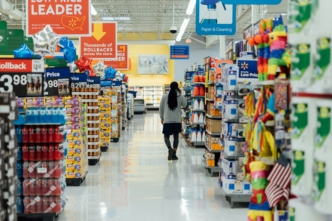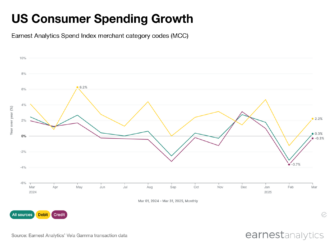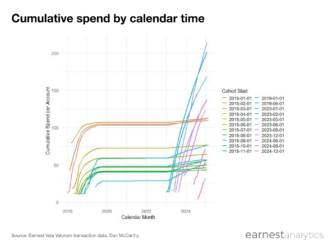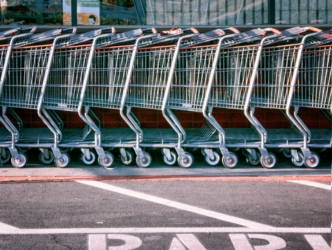Behind the Ridesharing Wheel
The ridesharing market has been in full swing with both Lyft and Uber IPOs on debut over the past few months. There has been a lot of research on rider behavior and what underlies the ~$60 billion of reported bookings that riders shelled out in 2018. See our past analysis on Lyft’s IPO here.
We wanted to understand the other side of the equation, namely, the behavior of ridesharing drivers. Using the credit, debit and bank deposit records of millions of anonymous US consumers, we analyzed the records of approximately 10,000 monthly ridesharing drivers since 2016.
Here’s what we found.
Key Takeaways
- Our data shows a rider-to-driver ratio of 20:1 for Lyft and 24:1 for Uber, figures that are fairly in-line with statements found in Lyft and Uber’s S1 filings.
- There are an increasing number of drivers [and riders] using both Uber and Lyft platforms, coming mostly at the expense of Uber’s exclusive hold.
- Payments to Uber drivers are materially higher than Lyft’s, which began scaling ahead following the launch of the UberEATS app in 2016.
- The overwhelming majority of drivers drive to supplement their income; for over 70% of drivers, less than 10% of their 2018 income came from driving.
Take a Ride in My Car
Lyft notes in its S1 that in 4Q 2018 it had “18.6 million Active Riders and over 1.1 million drivers who provided rides,” implying a ratio of ~17 riders for every Lyft driver. Uber notes that in 4Q 2018 “there were 91 million MAPCs and 3.9 million Drivers on our platform,” implying a ratio of ~23 riders for every Uber driver.
We see a marginally higher ratio at ~20x for Lyft and ~24x for Uber in the same period, both up meaningfully from the prior year.

Black and Pink Windshield Displays
We see an increasing proportion of drivers choosing to drive for both Uber and Lyft. In 2016, ~11% of drivers had driven for both platforms, a proportion that has grown to ~23% in mid-2018, slowing to ~17% in Q1 2019. Interestingly, we see a similar trend with riders, with the cross-riding cohort taking multiple share points away from Uber’s exclusive hold.


Uber Eats as Driver Nutrition
Uber Eats enables Ridesharing Drivers to increase their utilization and earnings by accessing additional demand for trips during non-peak Ridesharing times. – Uber S-1
While an increasing percentage of drivers are opting to drive for both platforms, Earnest data suggests that since the launch of the UberEATS app, Uber drivers have cashed out materially more than Lyft. At the beginning of 2016, average quarterly payments to Uber drivers were marginally higher than Lyft’s, at ~$1K / quarter. Following the launch of the UberEATS app, a gap in payments began to form, with Uber inflows scaling ahead; perhaps a function of both increased ridesharing frequency and EATS. Interestingly, on ridesharing alone, Uber riders also spend slightly more, with the average rider spending ~$120 per quarter compared to Lyft’s ~ $110.


Supplementing with Fuel
Lyft notes in their economic impact report that “the majority [of drivers] drive in their free time to supplement their income,” adding that “91% drive fewer than 20 hours per week.” Uber’s economic impact report states that “87% of drivers earn income from other sources,” adding that “63% of drivers drive less than 20 hours per week.”
We found these comments intriguing, so we got to work. We plotted both Uber and Lyft drivers’ pay (Y axis) against the percentage it makes up of their respective annual income (X axis) below. It became clear that the overwhelming majority of driver pay was indeed a low percentage of total income.

We plotted a histogram to get granular:
- For 72% of drivers, less than 10% of their income came from driving
- An additional 17% of drivers saw their driver income fall between 10% and 25%
- An additional 7% of drivers saw it fall between 25% and 50%
Put another way, for ~ 97% of drivers, less than half of their annual income came from driving. Supplementing? Indeed.












